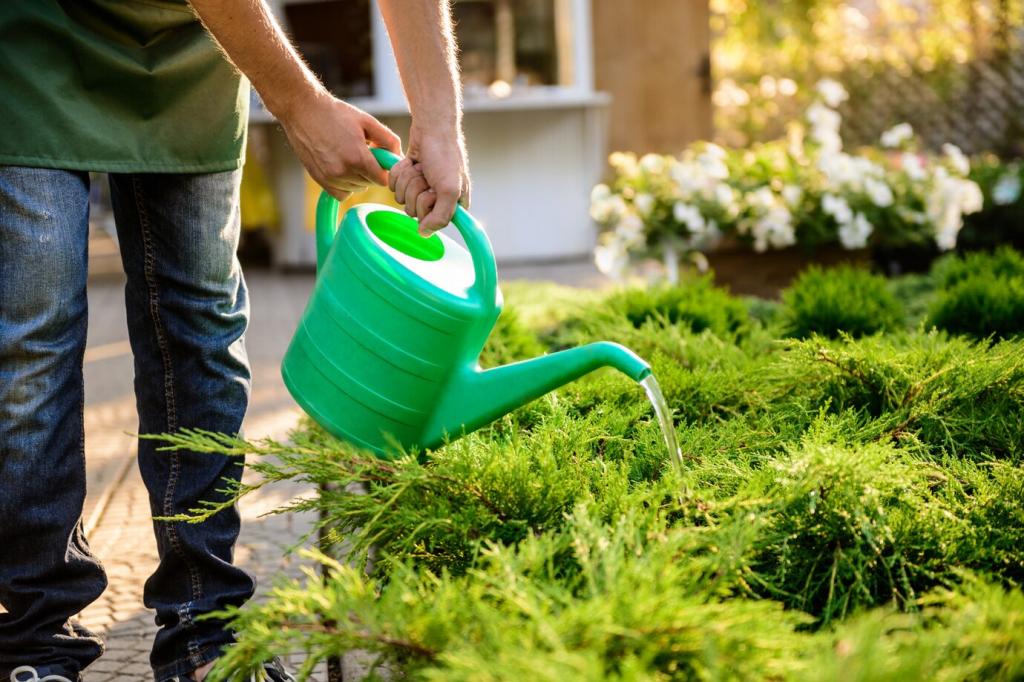Soil Management Tips for Golf Courses
Chosen theme: Soil Management Tips for Golf Courses. Welcome to a superintendent’s haven where agronomy meets playability. Expect practical guidance, relatable stories from real fairways and greens, and conversations that help your course breathe, drain, grow, and shine season after season.


Know Your Soil Profile Before You Decide Anything
Regularly extract cores from greens, tees, and fairways to expose thatch, sand cap, and native soil transitions. Note layering, mottling, and rooting depth. Photograph and label your cores to create a seasonal record that informs aeration, topdressing, and wetting agent choices.
Know Your Soil Profile Before You Decide Anything
Sand, silt, and clay proportions dictate drainage, nutrient holding, and firmness. A simple jar test can reveal surprising differences between nearby zones. Combine observations with feel tests and infiltration checks. Share your texture surprises in the comments and compare notes with other superintendents.
Aeration Strategies That Balance Turf Health and Play
Cool-season greens respond best in spring and fall, while warm-season surfaces prefer late spring into summer. Avoid heat waves and recovery-limiting cold snaps. Post your aeration calendar in the clubhouse and invite feedback; transparency builds trust during temporary disruptions.


Light and Frequent vs. Heavy and Infrequent
Light, frequent sand applications preserve smoothness while steadily diluting thatch, whereas heavy, infrequent dressings can disrupt play yet reset profiles faster. Track sand volumes and surface firmness monthly. Which cadence keeps your greens truest? Share your data-driven rationale.
Biology Boosts: Compost, Extracts, and Reality Checks
Organic amendments can improve structure and microbial diversity, but results vary by soil and climate. Trial small plots, measure infiltration and bulk density, and compare to untreated controls. Tell us which biological inputs showed measurable gains without unintended softness.
De-Thatching Tools that Complement Sand
Verticutting, grooming, and brushing reduce puffiness and help sand integrate. Schedule passes during healthy growth windows to avoid scalping stress. One club reported fewer algae blooms after a consistent groom-and-dress program; try it and report back on surface firmness.
Soil Tests, pH, CEC, and Base Saturation
Sample consistently by depth and season, and stick with one lab for comparable results. Watch pH, CEC, and base saturation trends, not just snapshots. Discuss your target ranges with peers here, and note how they correlate with firmness and color through the year.
Spoon-Feeding Nitrogen for Predictability
Small, frequent nitrogen applications align growth with play schedules, reducing surges and improving consistency. Track clipping volume to fine-tune rates. If you have success using growth potential models, share your spreadsheet template for others to adapt.
Micronutrients and Foliar Nuance
Iron can deepen color without excess growth, while manganese and zinc needs often rise in high-pH soils. Validate with tissue tests and avoid chasing cosmetic green. Post a before-and-after photo series showing measured, not miraculous, improvements.

Compaction, Traffic, and Everyday Playability
Routing, Ropes, and Resting Lanes
Rotate cart routes, shift tee and pin positions, and use ropes strategically to spread traffic. Color-code maps for crew briefings. Which rotations give you the best recovery without confusing golfers? Share your signage templates to help others communicate changes.


Rolling vs. Mowing: The Tradeoffs
Alternate rolling and mowing to manage speed without over-stressing turf. Lighter equipment and thoughtful timing preserve leaf tissue and soil structure. Tell us your weekly sequence for tournament weeks, and how moisture levels influence your daily decision tree.
